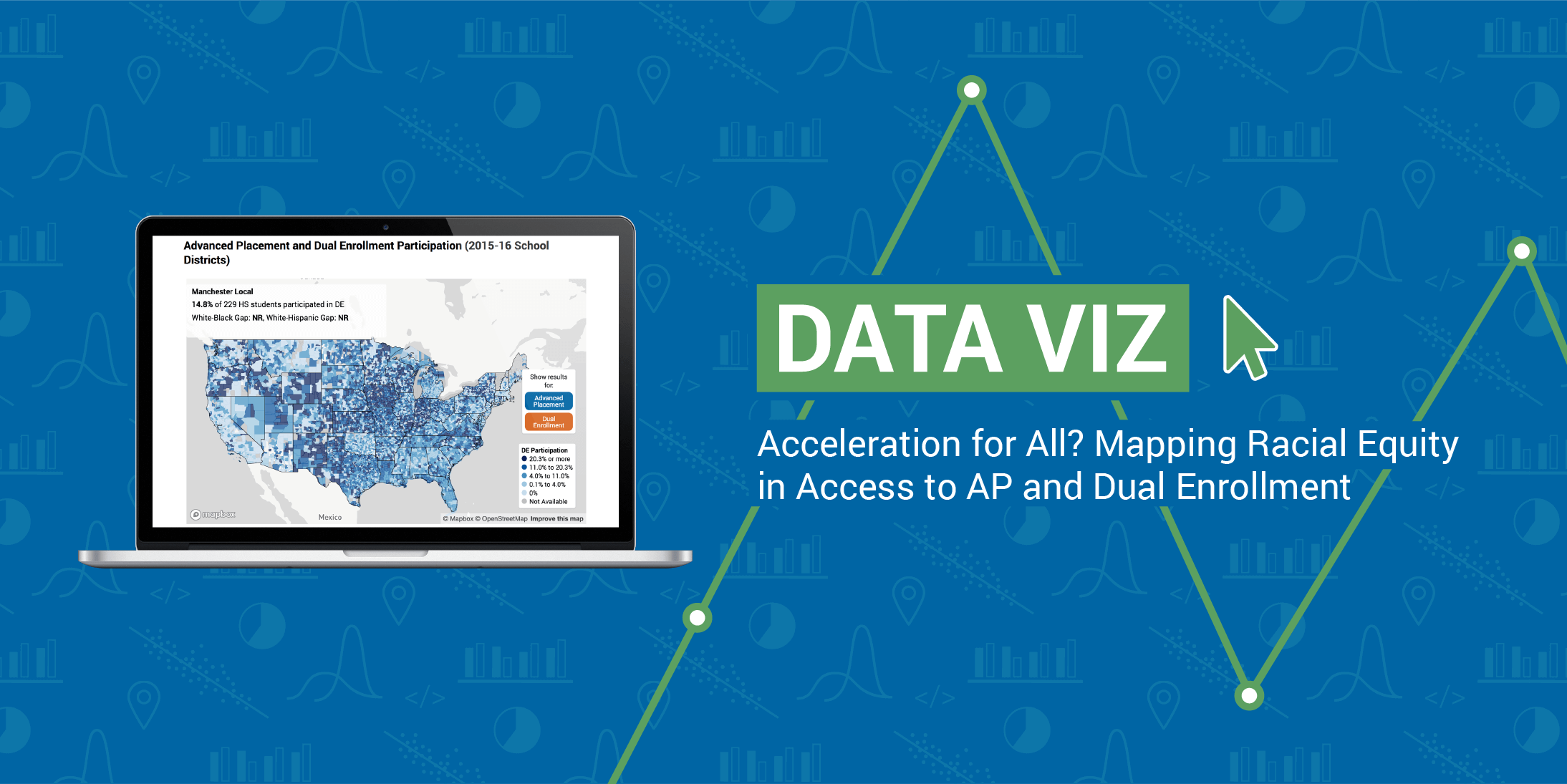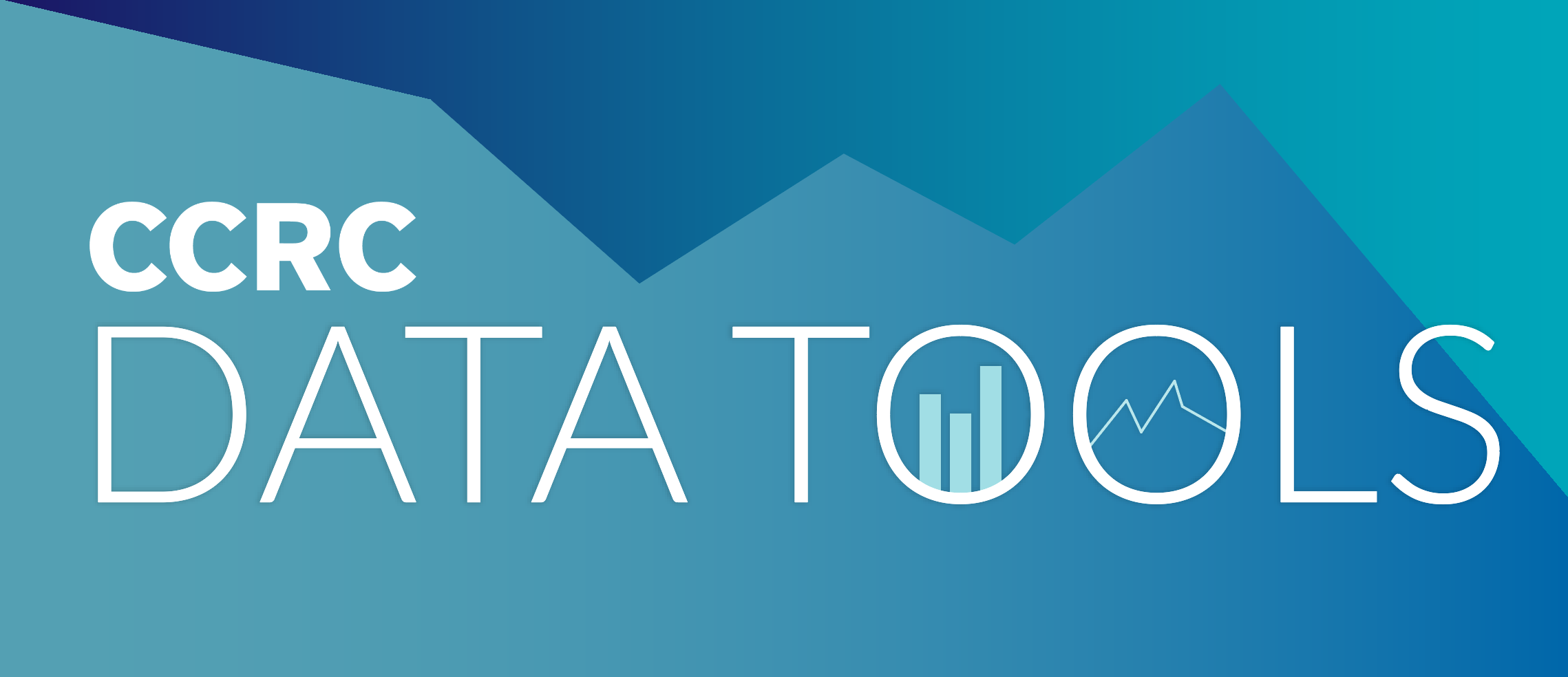Advanced Placement (AP) and dual enrollment are the largest and fastest-growing programs providing high schoolers with early access to college coursework across the country. But how equitable is access to these early college opportunities, and what factors are related to greater parity in participation?
In a new working paper based on the first-ever school-level census of dual enrollment participation from the U.S. Department of Education’s Civil Rights Data Collection (CRDC), coauthors Di Xu, Sabrina Solanki, and I present a descriptive portrait of the variation across school districts and metro areas in AP and dual enrollment participation by race and ethnicity. Although we found sizable gaps in participation between White students and their Black and Hispanic peers in most districts and metro areas in the 2015–16 school year, it is striking how much variation exists within and across states, metro areas, and districts in terms of both participation overall and racial/ethnic gaps.
In the interactive map and graphic that follow, you can examine the findings for a given district, metro area, or state and compare results across and within the areas you are interested in.
Advanced Placement and Dual Enrollment Participation (2015-16 School Districts)
Hover over a school district for more detail
Show results for:
DE Participation
Map loading…
Gaps in districts with too few students in a particular subgroup are shown as NR (Not Reported)
Explore the Data by School District, State, or Metro Area
For a simpler state-by-state comparison, see my blog post from last year titled “How Does Access to Dual Enrollment and Advanced Placement Vary by Race and Gender Across States?”
Researchers have looked at how well AP and dual enrollment programs work to propel students into college, which students may benefit more than others, and how outcomes for students vary across states. In our new paper, we consider what factors could explain different rates of participation and racial/ethnic gaps in access to these opportunities. We unpack district- and metro-level variation using a set of local factors, including neighborhood segregation and socioeconomic measures as well as school district resources and composition. We also look at state-level policies related to AP and dual enrollment programming, such as state subsidies for AP and dual enrollment fees.
Key Takeaways
Gaps in access to AP and dual enrollment courses are very common.
Some areas have relatively small White–Black or White–Hispanic gaps in access to AP and dual enrollment, but the majority of districts and metro areas have equity gaps. On average, gaps are wider for AP. For both AP and dual enrollment, about a quarter of districts have equity gaps of 7–10 percentage points or more, and another quarter of districts have smaller gaps (of less than 2 percentage points). Even rarer were districts with a small White–Black AP gap.
Social stratification is associated with racial/ethnic gaps in AP and dual enrollment participation.
Income disparity (as measured by free lunch rates) between White students and their Black or Hispanic peers is a consistent and robust predictor of racial/ethnic gaps in both AP and dual enrollment participation. This suggests that gaps in access to AP and dual enrollment programming are stratified in terms of both race/ethnicity and income.
More participation in AP and dual enrollment overall is also associated with larger gaps.
Local factors associated with greater participation in AP and dual enrollment overall, such as greater numbers of AP courses offered and higher average achievement levels, are also associated with wider racial/ethnic gaps in program participation. And, places with more participation in AP or dual enrollment tend to have larger racial/ethnic gaps. These results suggest that greater access to college acceleration opportunities generally may give rise to wider gaps in participation without efforts to provide more equitable access and support for racially minoritized students to benefit from these programs.
Access to AP and dual enrollment varies geographically.
AP is more prevalent in urban and coastal areas, and dual enrollment is more prevalent in rural communities and the middle of the country. Toggle between AP and dual enrollment in the map above to see this pattern.
AP and dual enrollment participation and equity gaps vary substantially within states.
See the “Districts Within States” tab of the graphic above. And although our report focuses on the district and metro levels, it is worth noting that AP and dual enrollment participation vary substantially among high schools within districts, as shown in the “Schools in a District” tab.
For AP, local factors are more influential than state factors in explaining variation.
For dual enrollment, however, we found no strong local or state factors that clearly explained variation in participation. The CRDC uses a broad definition of dual enrollment coursework, so our analysis compares multiple approaches to dual enrollment, which may explain why we did not find consistent factors associated with participation.
State policy is somewhat correlated with program participation, but more can be done to use policy as a lever to increase equity.
Districts in states with strong mandates for access to AP or dual enrollment programs backed up by accountability systems (e.g., requiring parents and students to be notified of AP or dual enrollment opportunities and mandated data reporting on participation) have significantly higher enrollment rates in these programs than do states with weak accountability or none at all. State policies are no doubt crucial to supporting districts to provide equitable access to AP and dual enrollment coursework, and our findings suggest that more could be done to use policy as a lever to increase equity in AP and dual enrollment participation. Just today, our colleagues at the College in the High School Alliance and Level Up Coalition released Unlocking Potential: A State Policy Roadmap for Equity and Quality in College in High School Programs, which offers recommendations and resources for policymakers aiming to increase the equity and quality of dual enrollment offerings. The report provides recommendations for states to advance their dual enrollment policy framework across six different categories—data, credit transfer, finance, course access, instructor capacity, and student supports—and examples of states where many of these policies are already in place.
Local practice matters.
Even controlling for state and local factors, there is substantial variation across districts. (And as can be seen in the second tab of the graphic above, there is variation even within districts). While we found the vast majority of districts in this study have racial/ethnic gaps in participation in AP and dual enrollment programming, we also found that about one in every five districts has near-zero gaps or higher rates of participation by Black and Hispanic students. What are the districts with relatively high participation in AP and dual enrollment and small equity gaps doing to achieve such strong results? The variation suggests that how schools and colleges work together to implement AP and dual enrollment matters.
Next Steps
In partnership with The Aspen Institute, the next step of our dual enrollment research is to examine and document the policies and practices among districts and their partner colleges that both (1) are highly effective in serving students through these college acceleration programs generally and (2) result in equal outcomes between racial/ethnic groups. Although there is room for improvement in most districts, the variation identified in this study provides us with an opportunity to examine innovative sites that have had success in both expanding college acceleration opportunities and closing gaps in who is benefitting from them.





